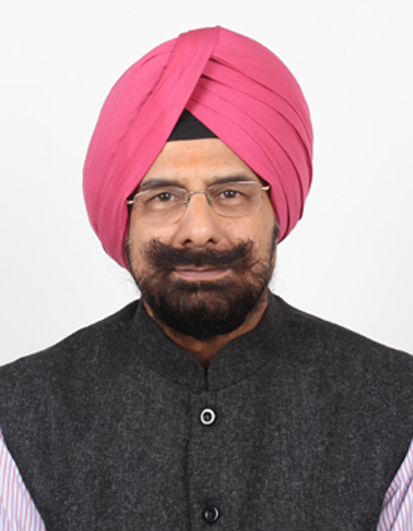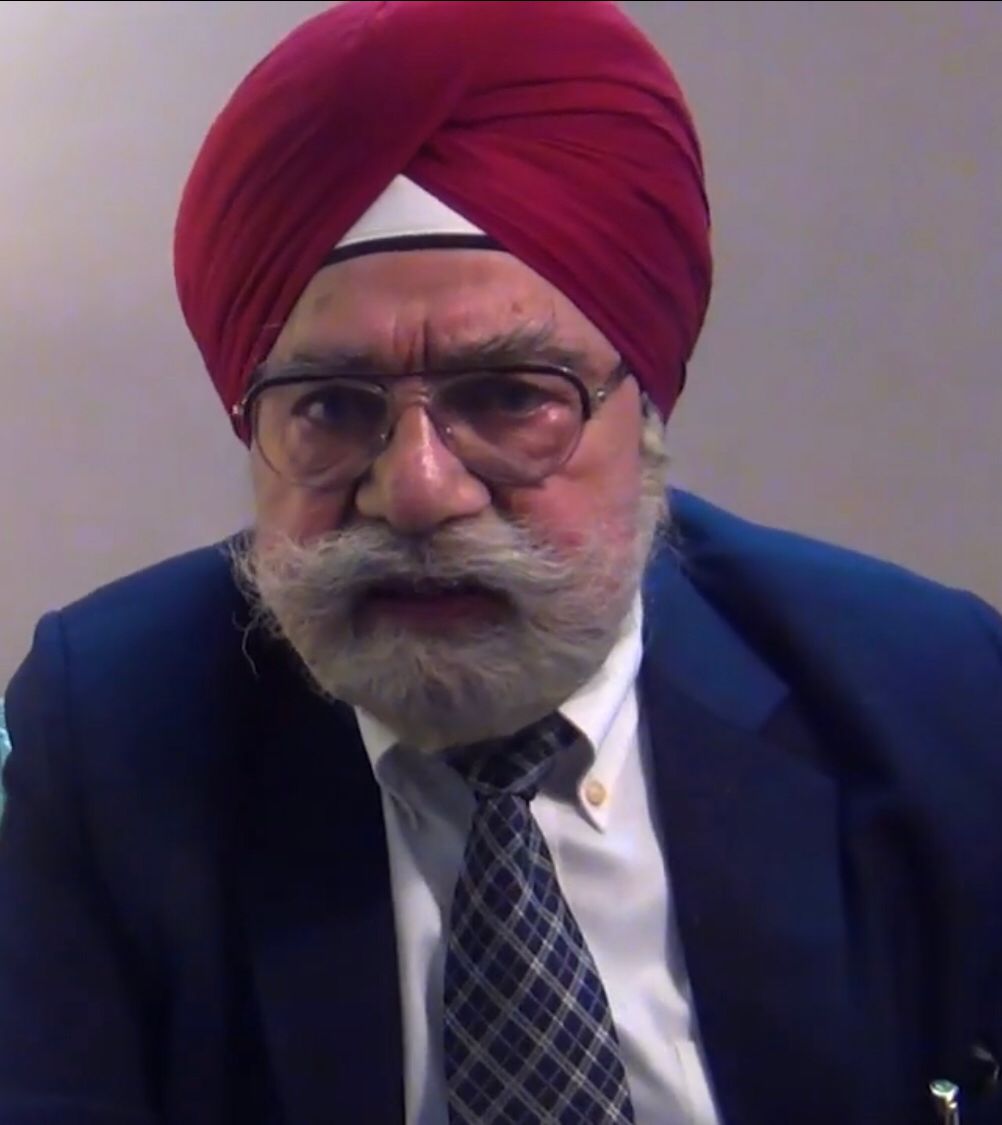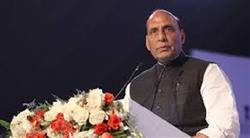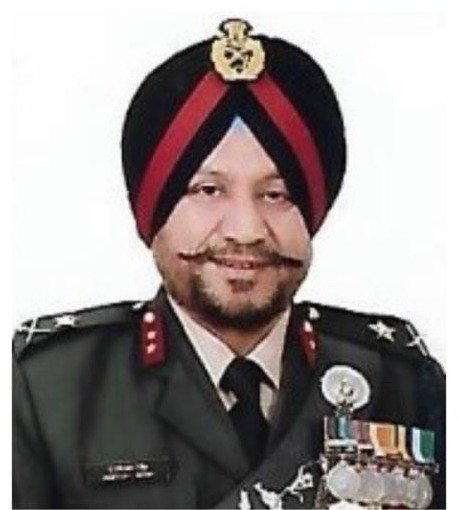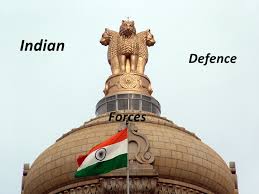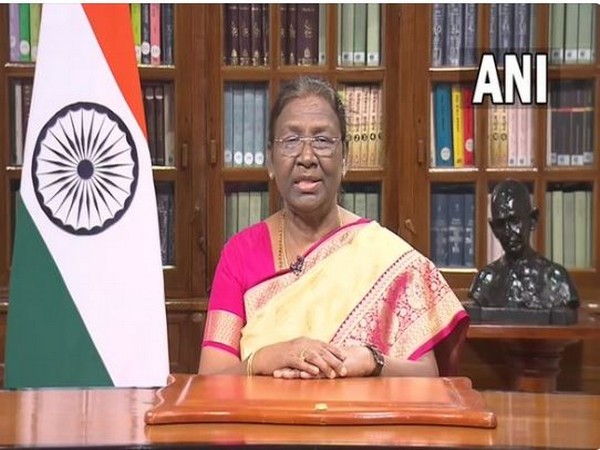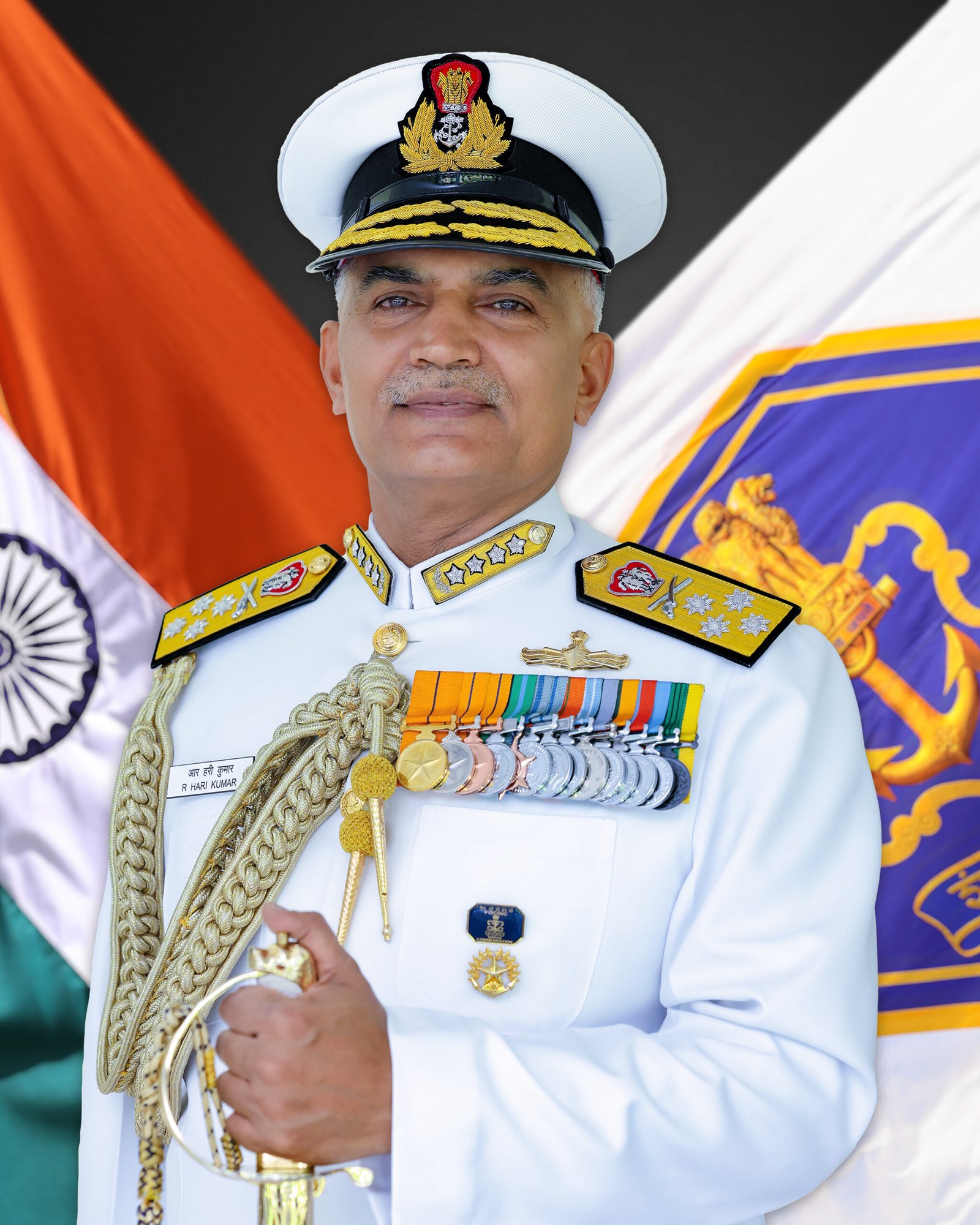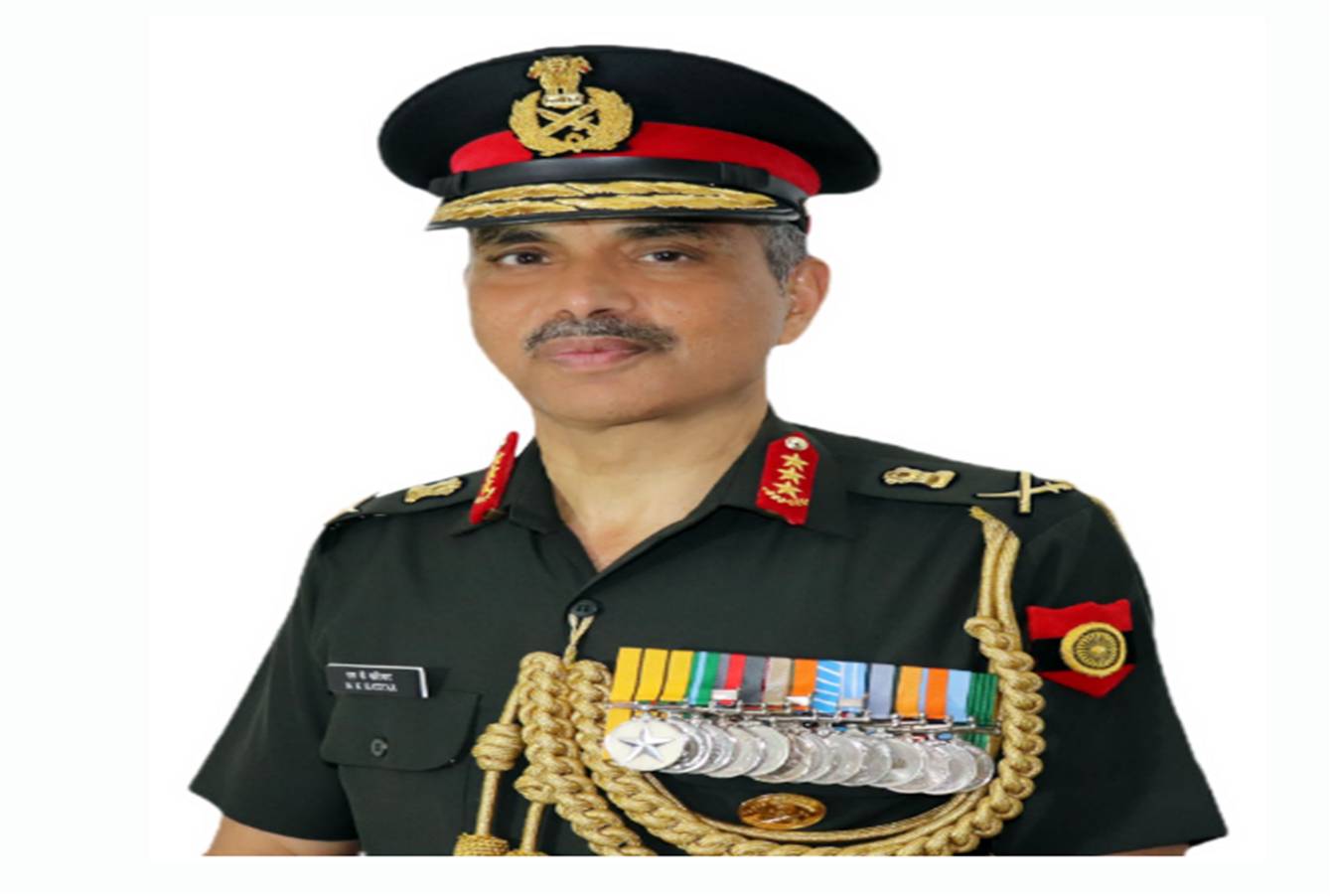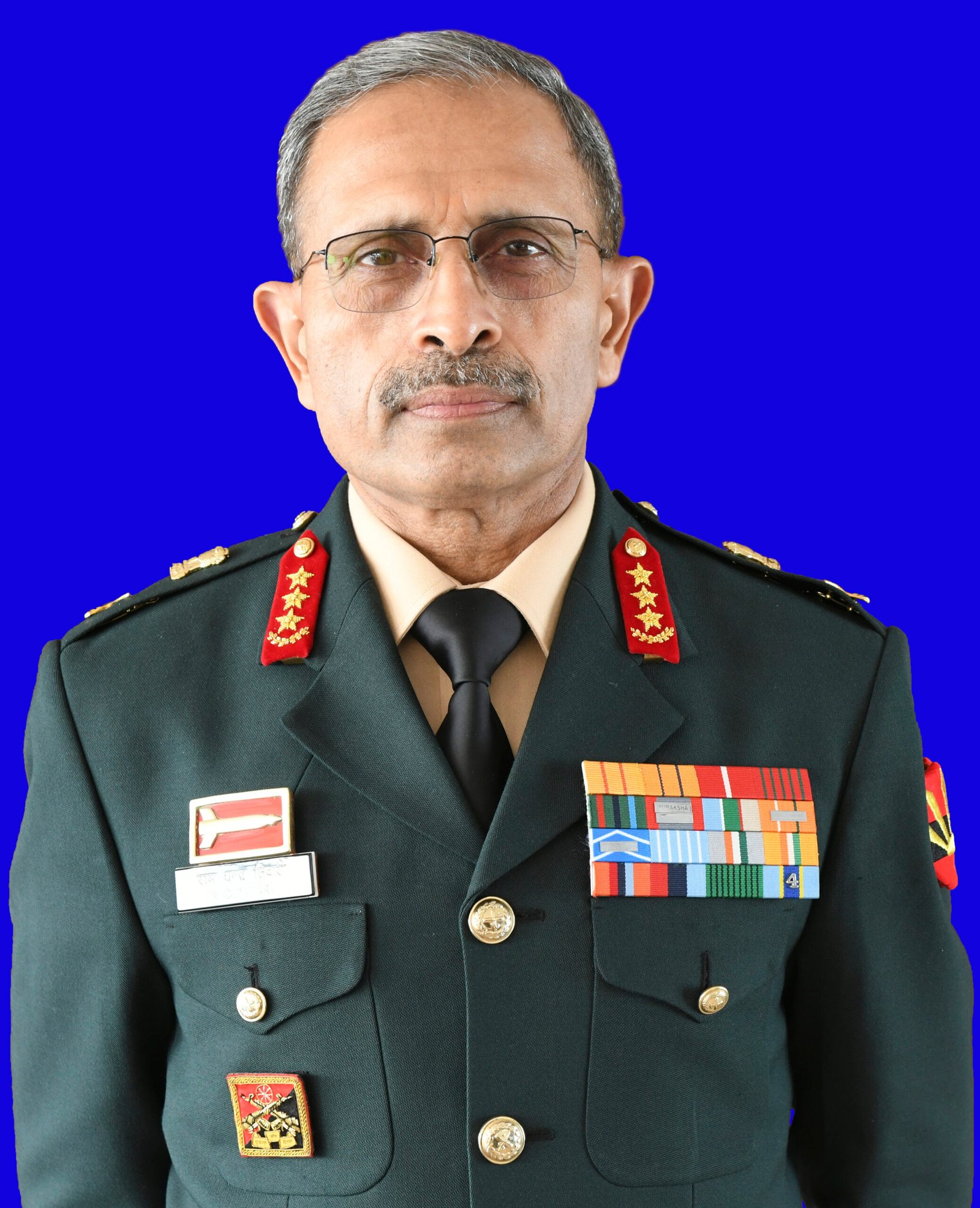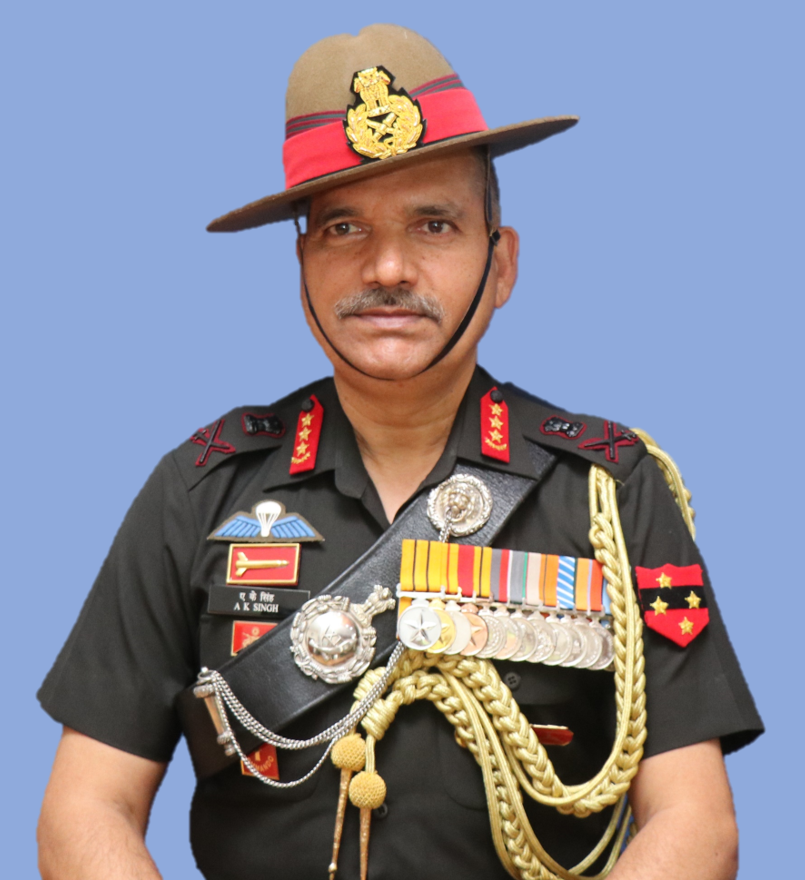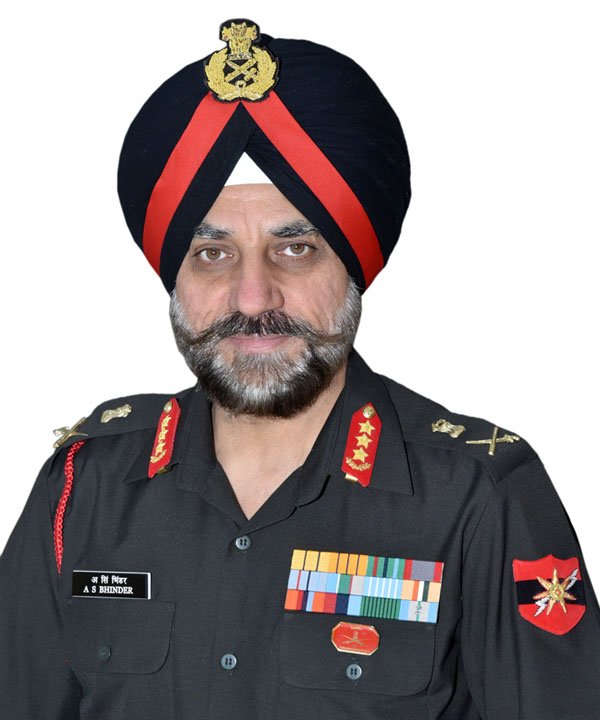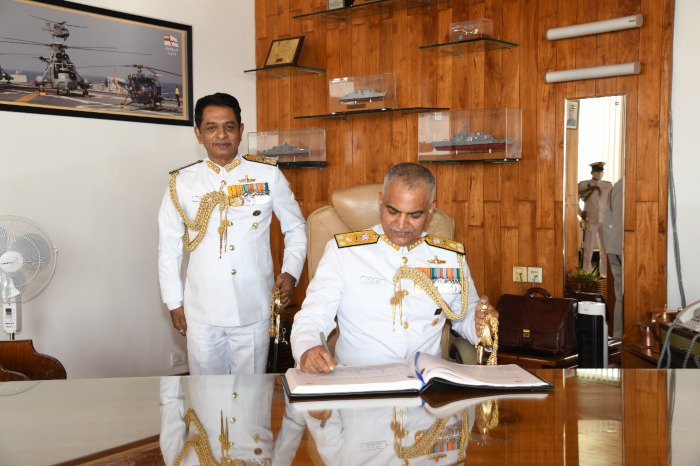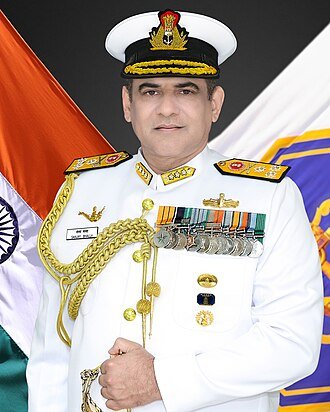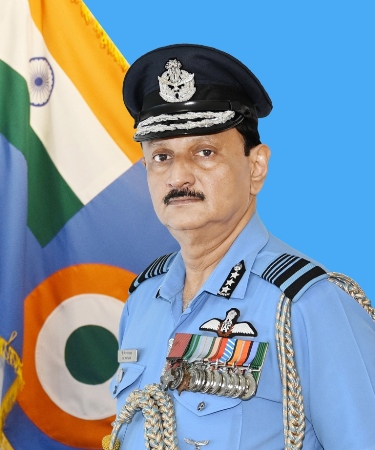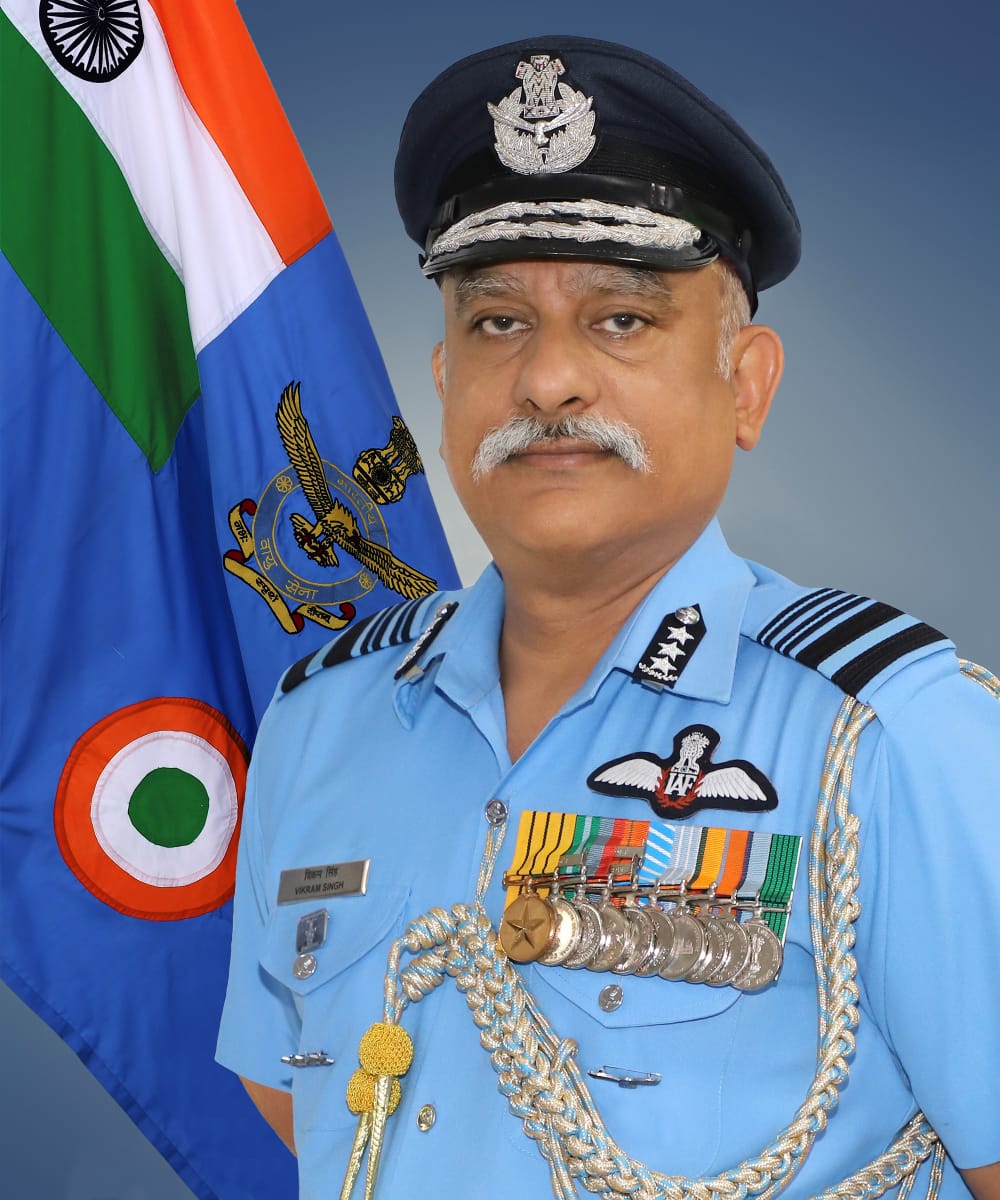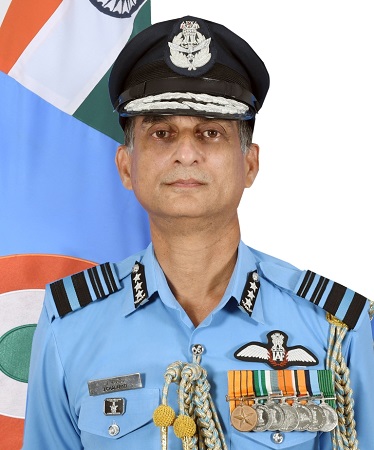Amit Cowshish & Rahul Bedi
Amit Cowshish Financial Adviser, acquisition, MoD & Rahul Bedi Senior journalist
THE one irrefutable input in augmenting atmanirbharta, or self-sufficiency, to fulfil India’s assorted materiel requirements, as recently promulgated by Finance Minister Nirmala Sitharaman is, simply, money. And lots of it, to galvanise India’s sluggish defence industrial base by attaining military technology, expanding competitive manufacturing and augmenting military exports.
However, in the din over atmanirbharta, the Ministry of Defence (MoD) is, ostrich-like, disregarding the reality that apart from the massive funding needed to buttress this domestic initiative, similar amounts, if not more, will be needed annually to eventually procure the ensuing equipment.
Regrettably, neither Sitharaman nor any other official has provided guidance or direction from where this massive financial injection can be sourced to progress the atmanirbharta objective and to commercially perpetuate it in the calamitous monetary distress triggered by the coronavirus pandemic.
The stock response of MoD officials to these disquieting and seemingly inexplicable queries is that the solution has been outsourced to the 15th Finance Commission, by asking it to address concerns regarding the allocation of a separate and non-lapsable fund to manage India’s various defence and internal security commitments. Incredulously, they would have us believe that such subcontracting is the panacea for this seemingly insoluble financial calamity.
It is now evident that the perennially widening gap between the funds demanded by the services and other MoD departments and the annual outlays allocated to them will widen as a consequence of the pandemic-driven financial crisis. For the services, this fiscal chasm has steadily widened over a decade: from around Rs 23,000 crore in 2010-11 to Rs 1,03,000 crore in 2020-21. In these intervening years, the disparity between capital and revenue outlays for modernisation and salaries and operating expenses respectively, too has sizeably widened.
In the fiscal year 2020-21, for instance, the MoD allocated merely Rs 1,13,000 crore towards capital expenditure for all three services, against Rs 1,75,000 trillion which they had demanded for all-round modernisation and upgrades. Conversely, the annual budget apportioned almost twice that amount of Rs 2,18,000 crore to the military’s revenue expenditure. For the Indian Army, on the other hand, the revenue-to-capital outlay ratio was particularly low — 83:17 per cent — whereas the desired ideal, according to succeeding parliamentary defence committees that have criticised this unremitting decline, is pegged at a 60:40 per cent quotient.
Furthermore, the severity of this resource crunch even before the pandemic struck can be gauged from delayed payments by the MoD for committed liabilities or previously acquired materiel, especially from the local state-owned entities. Last December, the parliamentary defence committee severely castigated the government for defaulting on these payments, which in a wider context is not only embarrassing but also casts doubts on India’s solvency in the global arms bazaar. And though the MoD has been putting up a brave front, its macho stance in insouciantly dealing with the financial predicament is beginning to resemble misdirected bravado.
Another frequently advanced argument, and one propounded by Sitharaman, albeit without elaboration, is furthering defence exports to earn revenue to fund modernisation. As an indicator, MoD officials point to the increase in India’s materiel exports from Rs 4,682 crore in 2017-18 to Rs 10,745 crore the following year. But this deduction, like much of the rest, remains flawed.
Firstly, it is unclear whether this doubling of defence exports includes equipment manufactured by private industry, which was not the case earlier. Secondly, the boost in Indian materiel exports is quite simply the outcome of indigenous manufacturers, including private sector companies, becoming better integrated in recent years with the production lines of overseas original equipment manufacturers (OEMs).
Thirdly, and more importantly, the quality of Indian equipment is highly questionable. This was epitomised by the embarrassing termination in 2015 of the contract for seven Dhruv Advanced Light Helicopters (ALHs) by the Ecuador Air Force (EAF), for $145.2 million, after four of them crashed, which dealt a body blow to the quality of Indian defence equipment.
Manufactured by Hindustan Aeronautics Limited (HAL), the ALH had bested competition from Israel’s Elbit, Eurocopter, and Russia’s Kazan Helicopters in bagging the EAF contract in 2008-09. At the time, the EAF had stated that two of the four ALH crashes were due to ‘mechanical failure’, but HAL, which completed Dhruv deliveries to Ecuador by 2012, absolved itself of all responsibility. It maintained that the 24-month warranty period for HAL to provide after-sales service support for the seven ALHs had long expired and hence it was the EAF’s responsibility to support them
Conveniently, HAL turned a Nelson’s eye to Dhruv’s multiple technical problems at home that included crashes and fleet groundings, all of which detracted from the platform’s overall credibility, not only as a platform or domestic employment but also as a reliable export model. It is also an open secret that India’s military too reposes little or no confidence in indigenously developed equipment, all of which goes to undermine governmental efforts to market it overseas.
And, lastly, around half of India’s defence exports of Rs 5,000 crore in 2018-19, comprising spares and sub-assembles, were to the US, Israel and European Union conglomerates. But now, it’s evident that all these markets will contract significantly due to the pandemic, and without doubt, Indian defence imports will become a low priority for them if, indeed, one at all.
It is also impossible to imagine major materiel importers like Australia, Algeria, Iraq, Saudi Arabia, Turkey and the UAE opting for Indian equipment over more proven systems from long-established sources. Consequently, the decision to hike the limit on foreign direct investment in defence from 49 per cent to 74 per cent too is unlikely to see foreign OEMs lining up to invest in India.
Woefully, this brings the narrative back to where it started: that the achievability of Sitharaman’s aim of atmanirbharta is paradoxically contingent upon money that India neither has, nor is seeking to preserve for spheres other than defence, or both.
In short, where is the money?






